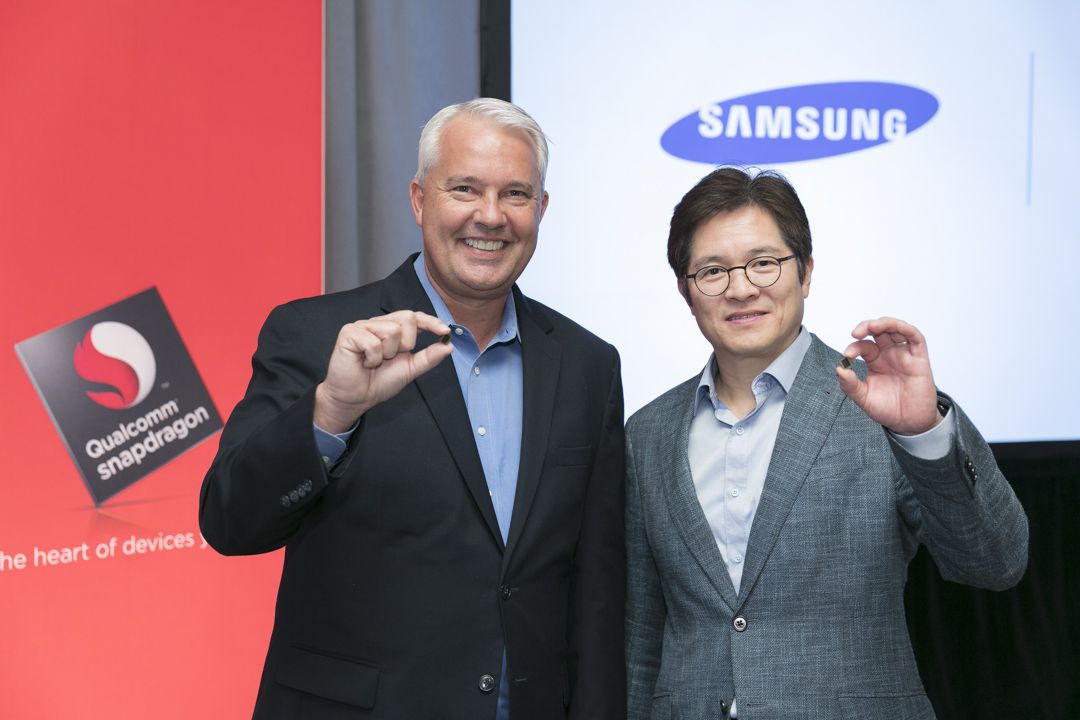Qualcomm's newest flagship processor, the Snapdragon 888+, is manufactured using Samsung's 5nm LPE process. And it looks like the company could stick to Samsung's foundry arm to fabricate its next-gen flagship smartphone chipset, the Snapdragon 895.
According to the popular leakster Ice Universe (@UniverseIce), the Snapdragon 895 chipset will use Samsung's 4nm chip fabrication process. This information seems believable since most of TSMC's 5nm foundry capacity is said to be occupied by Apple for its A15 and M1X chipsets that are due to be released later this year. Moreover, TSMC is also said to be manufacturing Apple's next-gen iPad Pro chipset using its 4nm process, which means that Qualcomm needs to use Samsung Foundry.
Snapdragon 895 could use Samsung's 4nm process and feature ARM's v9 architecture
The Snapdragon 895 chipset is rumored to feature the Kryo 780 CPU cores based on ARM's recently-announced Cortex-X2, Cortex-A710, and Cortex-A510 CPU cores. It could also use the Adreno 730 GPU, an integrated Snapdragon X65 5G modem, and support for quad-channel LPDDR5 RAM.
The report also claims that Qualcomm will switch to TSMC's 4nm process for the Snapdragon 895+, but it doesn't seem logical to switch to a completely new foundry for a minor chipset refresh. It was rumored in the past that Qualcomm could switch to TSMC's 5nm process for the Snapdragon 888+, but that never happened. So, you should take this information with a pinch of salt.
Samsung Foundry currently manufactures the Exynos 2100 and the Snapdragon 888/888+ using its 5nm process. Although the South Korean fab's 5nm process is said to be inferior to TSMC's 5nm process, it is still the next best thing available in the market. Samsung will reportedly launch its improved 5nm process as 4nm later this year, which Qualcomm could use for its next-gen chipsets.
Samsung Foundry investing $151 billion to close the gap with TSMC
There has been a major chip shortage over the past year, leading to manufacturing delays across automobile, computing, gaming, home appliances, and smartphone industries. Even Samsung had to delay the launch of the Galaxy S21 FE due to this shortage. The company is trying to close the gap with TSMC in terms of quality and manufacturing capacity by investing $151 billion over the next ten years.






